| [1]Wilson A,Butler PE,Seifalian AM.Adipose-derived stem cells for clinical applications: A review.Cell Prolif. 2011; 44(1):86-98.
[2]Hong SJ,Jia SX,Xie P,et al.Topically delivered adipose derived stem cells show an activated-fibroblast phenotype and enhance granulation tissue formation in skin wounds. PloS One.2013;8(1):e55640.
[3]Dong Y,Hassan WU,Kennedy R,et al.Performance of an in situ formed bioactive hydrogel dressing from a peg-based hyperbranched multifunctional copolymer.Acta Biomaterialia. 2014;10(5):2076-2085.
[4]Gugerell A,Neumann A,Kober J,et al.Adipose-derived stem cells cultivated on electrospun l-lactide/glycolide copolymer fleece and gelatin hydrogels under flow conditions-aiming physiological reality in hypodermis tissue engineering. Burns.2015;41(1):163-171.
[5]Haubner F,Gassner HG.Potential of adipose-derived stem cells concerning the treatment of wound healing complications after radiotherapy. HNO. 2015;63(2): 111-117.
[6]Ozpur MA,Guneren E,Canter HI,et al.Generation of skin tissue using adipose tissue-derived stem cells. Plast Reconstr Surg.2016;137(1):134-143.
[7]Shalaby SM,Sabbah NA,Saber T,et al.Adipose-derived mesenchymal stem cells modulate the immune response in chronic experimental autoimmune encephalomyelitis model.IUBMB Life.2016;68(2): 106-115.
[8]Zuk PA,Zhu M,Mizuno H,et al.Multilineage cells from human adipose tissue: Implications for cell-based therapies.Tissue Eng.2001;7(2):211-228.
[9]Park BS,Jang KA,Sung JH,et al.Adipose-derived stem cells and their secretory factors as a promising therapy for skin aging.Dermatol Surg. 2008;34(10):1323-1326.
[10]Taha MF,Hedayati V.Isolation, identification and multipotential differentiation of mouse adipose tissue-derived stem cells.Tissue Cell. 2010;42(4): 211-216.
[11]Gimble JM,Katz AJ,Bunnell BA.Adipose-derived stem cells for regenerative medicine.Circ Res.2007;100(9): 1249-1260.
[12]Yamane S,Iwasaki N,Majima T,et al.Feasibility of chitosan-based hyaluronic acid hybrid biomaterial for a novel scaffold in cartilage tissue engineering. Biomaterials. 2005;26(6):611-619.
[13]Lutolf MP,Hubbell JA.Synthetic biomaterials as instructive extracellular microenvironments for morphogenesis in tissue engineering.Nat Biotechnol. 2005;23(1):47-55.
[14]Shi L,Ronfard V.Biochemical and biomechanical characterization of porcine small intestinal submucosa (sis): A mini review.Int J Burns Trauma.2013;3(4): 173-179.
[15]Davies OG,Cooper PR,Shelton RM,et al.Isolation of adipose and bone marrow mesenchymal stem cells using cd29 and cd90 modifies their capacity for osteogenic and adipogenic differentiation.J Tissue Eng.2015;6:2041731415592356.
[16]Nie C,Yang D,Xu J,et al.Locally administered adipose-derived stem cells accelerate wound healing through differentiation and vasculogenesis.Cell Transplant.2011;20(2):205-216.
[17]Kang KN,Kim da Y,Yoon SM,et al.In vivo release of bovine serum albumin from an injectable small intestinal submucosa gel.Int J Pharm.2011;420(2): 266-273.
[18]Kim K,Kim MS.An injectable hydrogel derived from small intestine submucosa as a stem cell carrier.J Biomed Mater Res B Appl Biomater.2015.doi: 10.1002/jbm.b.33504. [Epub ahead of print]
[19]Guo X,Xia B,Lu XB,et al.Grafting of mesenchymal stem cell-seeded small intestinal submucosa to repair the deep partial-thickness burns.Connect Tissue Res. 2016:1-10.
[20]Cowles EA,Brailey LL,Gronowicz GA. Integrin-mediated signaling regulates ap-1 transcription factors and proliferation in osteoblasts. J Biomed Mater Res.2000;52(4):725-737.
[21]Andree B,Bar A,Haverich A,et al.Small intestinal submucosa segments as matrix for tissue engineering: Review.Tissue Eng Part B Rev.2013;19(4):279-291.
[22]杨浩,吴迪,李世和,等.猪小肠黏膜下层基质支架材料复合脂肪基质干细胞的生物相容性[J].中国组织工程研究与临床康复,2010,14(3):415-418.
[23]房艳,倪伟民,单伟,等.海绵状的小肠粘膜下层促进成骨样细胞增殖分化[J].中国生物工程杂志,2013,33(6):18-23.
[24]田伟,王效杰.猪小肠黏膜下层海绵的三维重建、表面修饰和细胞黏附性[J].中国老年学杂志, 2014,34(14):3949- 3951.
[25]Choi JW,Park JK,Chang JW,et al.Small intestine submucosa and mesenchymal stem cells composite gel for scarless vocal fold regeneration.Biomaterials. 2014;35(18):4911-4918.
[26]Zonari A,Martins TM,Paula AC,et al. Polyhydroxybutyrate-co-hydroxyvalerate structures loaded with adipose stem cells promote skin healing with reduced scarring.Acta Biomaterialia. 2015;17: 170-181.
[27]Zeng Y,Zhu L,Han Q,et al.Preformed gelatin microcryogels as injectable cell carriers for enhanced skin wound healing.Acta Biomaterialia. 2015;25: 291-303.
[28]Kono H,Teshirogi T.Cyclodextrin-grafted chitosan hydrogels for controlled drug delivery.Int J Biol Macromol. 2015;72:299-308.
[29]Kwon JS,Yoon SM,Shim SW,et al.Injectable extracellular matrix hydrogel developed using porcine articular cartilage.Int J Pharm.2013;454(1):183-191.
[30]Naderi-Meshkin H,Andreas K,Matin MM,et al. Chitosan-based injectable hydrogel as a promising in situ forming scaffold for cartilage tissue engineering. Cell Biol Int.2014;38(1):72-84. |
.jpg)
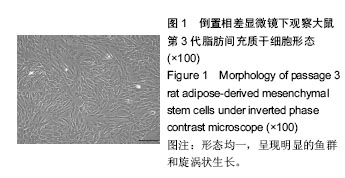
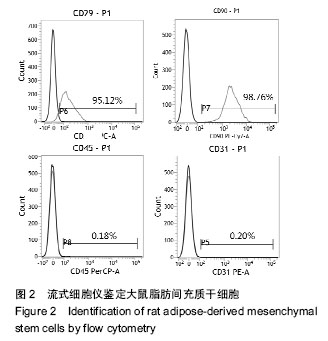
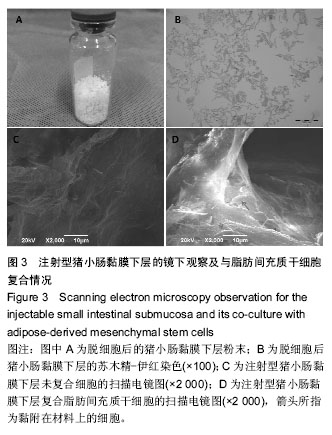
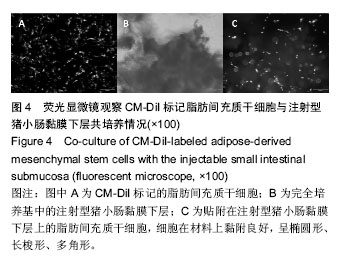
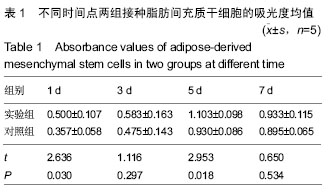
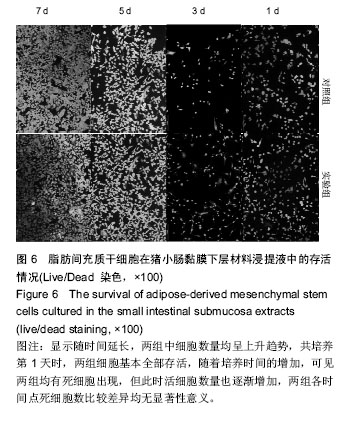
.jpg)